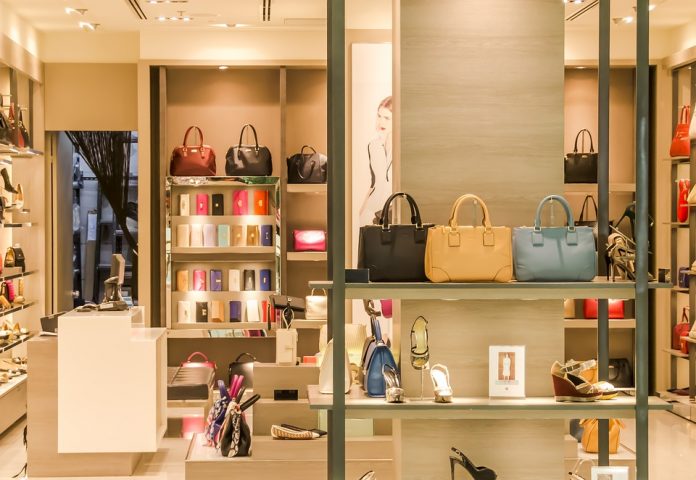Según la publicación del portal McKinsey
Our latest research shows that luxury shoppers in Japan are using online channels while also holding fast to the in-store experience. How can brands thread the needle?
Shoppers in mass-market categories tend to adopt new channels more readily than their luxury counterparts. But the COVID-19 pandemic forced even the most reluctant consumers to shop online. In some categories, when shoppers move online, brick-and-mortar stores become irrelevant. This is not the case in luxury. Despite a rise in e-commerce activity and a prolonged pandemic, a majority of consumers in the Japanese luxury market say they still prefer to shop in person. Increasingly, they see online channels as a complement to the offline experience. While they may research, evaluate, and, in some cases, purchase luxury products online, the offline experience and sales associate (SA) relationship remain as important as ever.
To better understand luxury consumer sentiments and behavior in Japan, we launched the East Asia Luxury Consumer Survey. In the field from March 2 to March 8, 2022, the survey garnered responses from 1,000 Japanese adults. We then conducted interviews with select consumers to verify our findings. We also spoke to a number of executives in the luxury-goods space to discuss trends and how brands are responding.
This article, based on those findings, provides insights into how luxury consumers in Japan are shopping two years into the pandemic. How geopolitical trends—such as the reopening of China and the war in Ukraine—and inflationary pressures will affect the luxury market in Japan remains to be seen, as these topics were outside the scope of this survey. But it’s clear that consumer behavior is fluid and that luxury brands need to adapt.
How luxury consumers are feeling and shopping
The COVID-19 pandemic forced consumers around the world online. In Japan, where online shopping prior to the pandemic was not as popular as it was in the United States, Europe, and China, the jump in digital activity is noteworthy. As the world continues to rebound from the impact of the COVID-19 pandemic, luxury consumers in Japan are gradually resuming their old shopping habits—but with a twist. While the in-store experience remains crucial, shoppers are increasingly turning to digital channels for information and brand interactions.
Luxury is on the rebound
The luxury market in Japan was hit hard by the COVID-19 pandemic. States of emergency and travel restrictions affected revenues, as did the sudden absence of Chinese shoppers. Since 2020, luxury has staged a gradual recovery across the globe; our research suggests that will continue.1 Drawing on insights from McKinsey’s FashionScope data, we expect the luxury market in Japan to grow by approximately 4 percent through 2025. We anticipate this growth will come from domestic shoppers, specifically younger and wealthier demographics. Consumer penchant for luxury (and discount) brands will come at the expense of the middle markets. Additionally, the eventual return of Chinese shoppers, along with gradual increases in the price of products, is expected to offset any persistent supply chain challenges and bolster luxury’s rebound in Japan.
Consumers are moving across channels
Two years into the pandemic, 41 percent of luxury consumers say they are researching and purchasing across channels. Increasingly, shoppers are turning to a variety of e-commerce and social media channels for inspiration, information gathering, and, in some cases, purchasing. More than 30 percent of consumers say that they compare products, pricing, and reviews on e-commerce platforms. When asked to identify their preferred online channel for information gathering, shoppers still visit a brand’s official website above all others.
In-store experience remains crucial
While luxury shoppers report moving freely among channels, nearly 80 percent say offline is part of their shopping journey (Exhibit 1). When asked about their most recent luxury purchase, shoppers still identify a brick-and-mortar store as the most influential source of information. But their motivations for visiting stores differ. According to luxury-goods experts, shoppers who make purchases less frequently value touch and feel. These shoppers want to physically handle a product and confirm its quality and fit. They believe they avoid mistakes by doing so. In contrast, more frequent luxury shoppers see the store and, in particular, the SA as a trusted source of personalized advice. One luxury shopper we interviewed characterized the SA as a critical relationship: “I am going to stores as if meeting close friends.”









